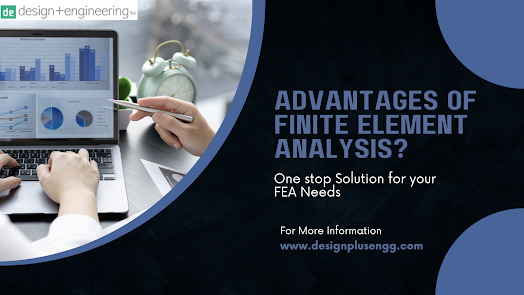What are the Advantages of Finite Element Analysis?

Finite Element Analysis (FEA) is an automated technique for predicting how goods and materials will respond to real-world influences, as well as other physical effects such as vibrations, heat, and fluid mechanics. This is significant because it shows whether a product will succeed or fail. If a product cannot withstand the conditions under which it must function, it must be reviewed; the benefit of using finite element analysis is that the product has not yet been manufactured. Advanced mathematical calculations can be used to accurately predict how a product will react to multiple simultaneous inputs. These equations can now be performed precisely and quickly thanks to advances in computer software and faster processors. The Advantages of Finite Element Analysis Increased Precision Previously, structural design processes began with drawings and progressed to prototype development and manufacturing of the designed structures. In such cases, the evaluation stage may reveal ...
